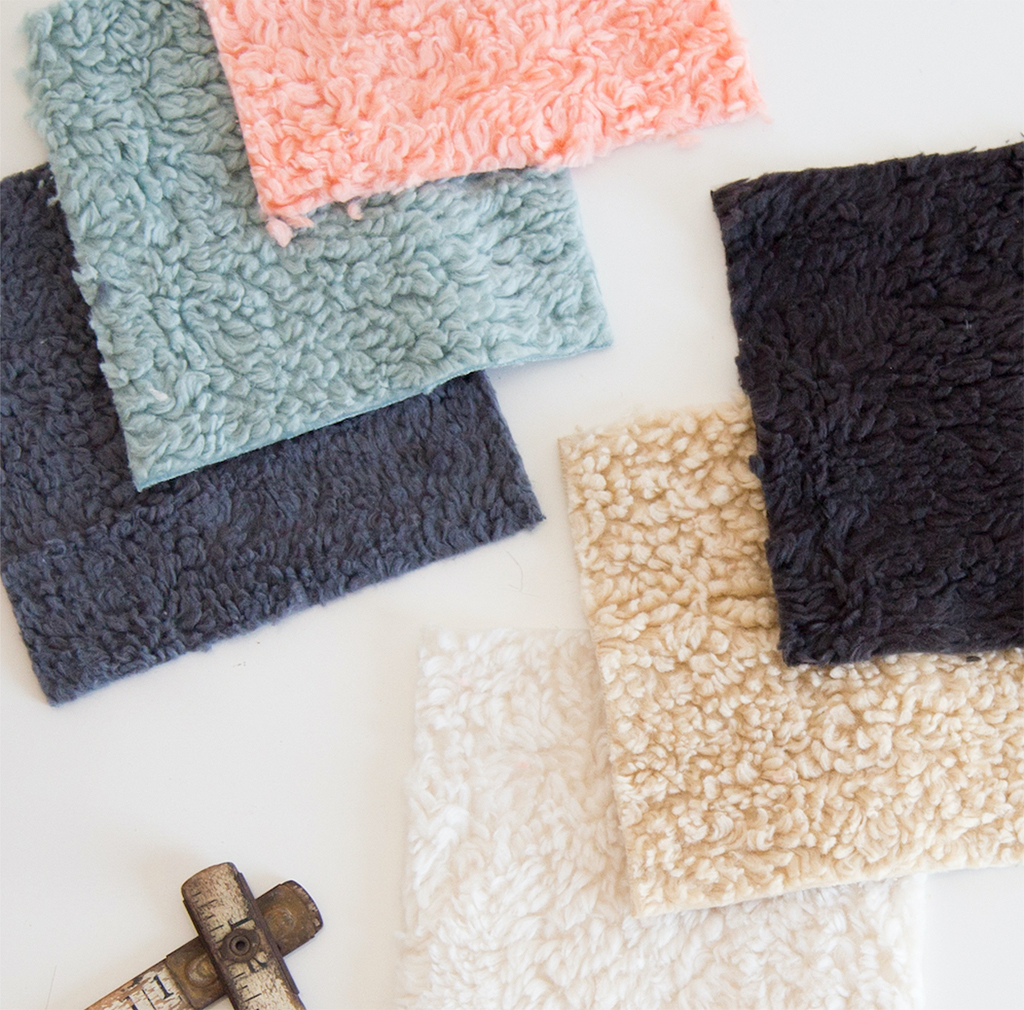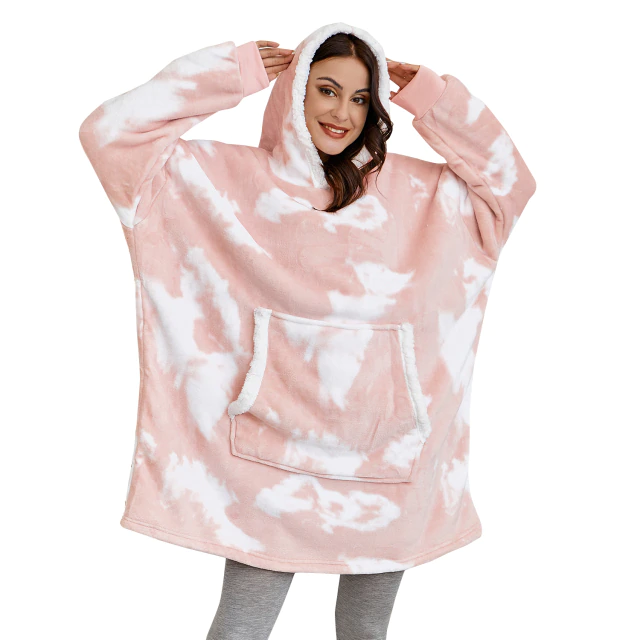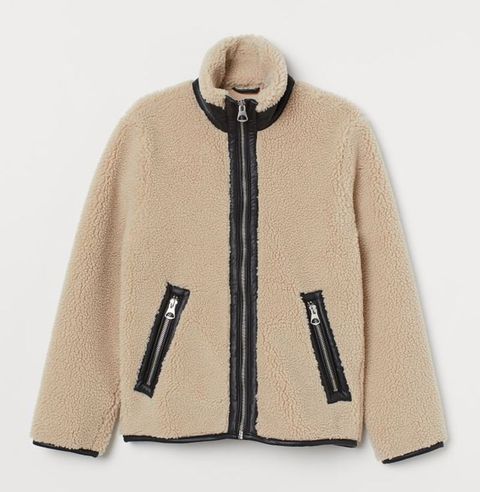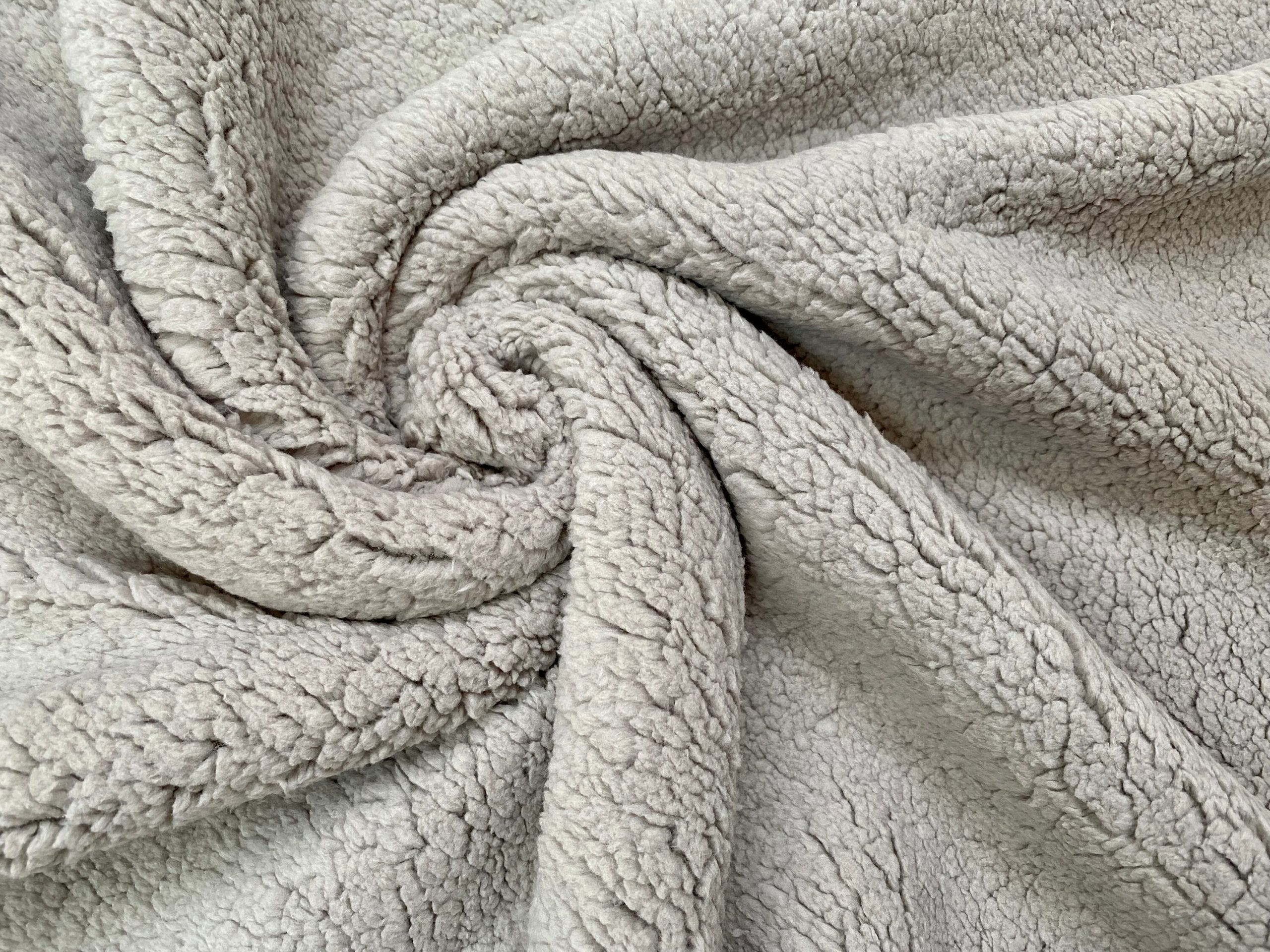Blog
What Is Sherpa Made Out Of? Everything You Should Know
What Is Sherpa Made Out Of?
Sherpa is a type of fabric that can be used for clothing. It’s made out synthetic yarns, like acrylic or polyester and has an interesting texture because it looks fluffy but also feels soft at first touch! You might recognize Sherpas as the material in jackets resembling wool/sheepskin on one side which pile up high when worn against your skin; this kind would work well with sweaters during winter months since they will keep you warm without feeling too heavy.
What animal does sherpa come from?
In Nepal, people have been using a type of fabric made from polyester (fleece), acrylic or cotton for centuries. The word “sherpa” means blanket in Nepali and was named after its resembles to traditional wool-lined clothing worn by members within this culture who live on Mt., Everest specifically -the Sherpas! This material mimics what you would find when touching an sherlocked sheep’s fleece; it has bumpy textures just like theirs do due their natural coat coloration which differs per breed.
What is real sherpa made of?

Named after the people from Nepal who are known for their wool lined clothing, this fabric resembles it in some ways. Contrary to what you might think though, most versions contain only cotton fibers rather than any other type like polyester or blends thereof!
Is sherpa fleece made from animals?
Sherpa Fleece Is Vegan. Nepali people have been wearing woolen garments for centuries to keep warm in freezing cold weather. But not all fabrics are created equal, and some actually contain animal hair or otherwise harm animals during production processes- including Sherps! So what’s a cozy comfort level if you don’t know where your clothes come from? That’s why we make sure our jackets are 100% polyester with no animal products used whatsoever so that even though they may look just like traditional sherps on first glance (and feel), there is absolutely zero chance anyone could ever tell this garment had anything linkable back onto an actual living creature.
What is the difference between fleece and sherpa?
Fleece and Sherpa fabrics have been around for centuries, but what sets them apart is the way they’re designed. Fleece is made to look like sheepskin (a common material used in clothing), while Sherpa was created as an affordable alternative; it can be found most often on blankets or jackets with heavy duty use cases such has camping trips where warmth matters most!
Is Sherpa breathable?
Sherpa is not only warm and breathable, but it’s also soft. Made of 100% synthetic materials with features similar to wool; Sherps provide both comfort for your body as well has excellent insulation against the cold winter air!
Why is Sherpa so expensive?
Sherpa is expensive because it’s made with a special material that provides warmth and softness. The fibres are bonded together, giving Sherps their rich texture on both sides while also being able to worn against your skin or clothing without sacrificing comfort at all!
Are sheep killed to make shearling?
Shearling is a type of clothing that can be made from either lambs or sheep. It’s named for the yearling animals, who are shorn just once before they’re killed and their skins used in various ways such as making shearlings which typically refers to these pre-ozoning garments worn by people interested primarily in warmth rather than style considerations
A single set may require up 60 individual animal hides!
What is the difference between Sherpa and shearling?
Sherpa and shearls are both types of fur, but they have subtle differences. Sherps outer hide has a duller color than the synthetic variety while it’s more flexible due to its thicker coat with an undercoat made out natural materials like wool or acrylic fiber that give this fabric great insulation value-wise properties
In comparison: Real Shearlings breathe better because there is no synthetics added in; They’re also heavier so you can wear less clothing when temperatures drop below freezing point!
What is vegan sherpa?
Vegan Sherpa is a type of fabric that can be crafted from either 100% polyester or wool and cotton, but it typically has no animal products.
The word “sherpack” also refers to any accessory made out this luxurious cloth-like material – so you may see people with hiking packs called “sheepes,” which stem off the original concept as well!
Is sherpa a plastic?

Sherpa blankets are made out of artificial material (like polyester, acrylic) and can also be called faux-sheepskin or shearling. Fleece is a type of fabric that usually consists mainly from recycled plastic but it could sometimes come in other materials too like petroleum based ones for example!
How is sherpa fleece made?
How do you make the perfect Sherpa? It’s a question that has been around for centuries. But if we’re talking about fleece fabric, it turns out there are quite a few ways to go! One of these is through mixed materials like acrylic and cotton or polyester with some wool thrown in—or all three types combined together as well (wool-poly). Additionally they may also use bamboo instead which offers an interesting alternative feel but without any loss on warmth due its natural insulation qualities.
What is a Sherpa coat?

Sherpa is a type of fabric that can be made from various materials, such as polyester or acrylic. The real deal comes from sheepskin and it’s been tanned with the wool still attached to it – not just knocked off like most other fabrics would do!
Why is Sherpa so popular?
Sherpa is a popular fabric because it’s both comfy and cute. The oversized or puffier look has become very common, which makes this type perfect for people who like to wear something that can be worn casual all day long with their favorite pair of jeans.
What is warmer Sherpa or flannel?
Both thermal lining and sherpa-style fabrics are designed to trap heat in order keep you warmer during winter. The major difference between them is how much insulation they provide; while a flannel shirt will maintain its warmth if worn under another layer or layers, an outfit with quilting may require more protection from the cold outside world because it’s so thickly padded.
Why are Sherpas so strong?
Sherpas are known for their strength and stamina at high altitudes. Researchers believe that part of this ability is due to a genetic adaptation, which enables them live in these conditions where many other people would die or struggle greatly even on lower mountainsides as well as having more lung capacity than most humans who reside below sea level all year round!
How much do Sherpas get paid?
Sherpa guides are the lowest paid among all climbers in Nepal. They make just over $4,000 per season while Western Guides can earn up to 50K USD during peak times and seasons alone! This isn’t much money when you consider that Sherpas’ families often rely on them for support because they don’t have any other means of livelihoods available back home – even though these individuals risk life every time there’s climbing ahead so I appreciate your work very much indeed.
Where do Sherpas live?
Sherpas are an ethnic group who live in Nepal’s high mountain region. They can be found throughout the eastern Himalaya, but 3 thousand Sherpa reside near Mount Everest at its gateway to southern side – Khumbu valley!
Is Sherpa a pill?
Sherpa fabric is a special type of syntheticester-blend material that can be safely machine washed on delicate cycles. The pills caused by friction between threads in the garment may not always come out easily, but they’re easy enough to remove with your fingers if you want them gone!
Does Sherpa wash well?
Is it necessary to wash faux fur, fleece and sheepskin?
Yes! These materials should be washed when needed using cold water on a gentle cycle with mild detergent. You can also add fabric softeners if desired but try not let the garments soak up too much moisture since this could loosen stitches or cause other problems down the road.
Is Sherpa a good blanket?
The cost-effective, long lasting warmth of the Sherpa will keep you worry free this winter. It’s soft but not too heavy so it feels great on your skin while still providing excellent insulating power underneath all those layers – perfect whether at home or out traveling.
Is Sherpa actually warm?
Sherpa coats have been a staple in the wardrobe of many men and women for years. These durable jackets provide warmth due to their thick Shermaland Wool content, which is what gives them this wonderful ability keep heat from escaping as you move about your day outside during winter months like here at home or on vacation!
Do people still wear Sherpas?
In the last ten years, there have been many fashionable uppers and jackets in different styles. If we take a closer look at them all together as one big picture of fashion trends from this time period then Sherpa Jackets can be seen on most people’s bodies! There are some still going strong today so yes-they do get worn by those who want their outfit to stand out among others’ trendy clothing choices like jeans waistcoats or bowties for men; dresses with high necks sometimes paired up nicely.
Is Sherpa fabric stretchy?

Is Sherpa fabric stretchy? Our 100% polyester sherpaa is incredibly soft to touch, made with a medium curl (as oppose t o tight & fleece like curls) which gives it the luxurious finish. The underside of our 2-way stretchable garment features an elegant woven knit for added comfort against your skin while offering fantastic recovery properties if you happen not want ot wear any bra or underwear underneath!
Are sheep skinned alive for UGG boots?
The sheep are castrated and their tails cut off before they’re finally slaughtered for the skin, which is what Uggs Boots are made of. They do this because it helps keep them warm during wintertime in Australia!
Is cashmere cruel to goats?
Animal rights groups have slammed the use of cashmere products due to its cruelty towards goats. This is because they do not produce much fat on their bodies, and can easily freeze if shorn during winter when there’s high demand for wool (which has higher incomes).
Are animals killed for cashmere?
With the recent circulation of pictures, it has been reported that goats are being held by herders in a manner which seems painful and continues to occur even though Cashmere products do not involve any animal killing. This news alerts buyers who might be thinking about purchasing these items but opt instead for other types due their squeamishness or sensitivity around this subject matter.
Can Sherpa get wet?
Sherpa is a durable material, but it cannot withstand being washed in hot water. If you do need to wash your jacket soon after getting wet with rain or snow- remember that cool water will be best for preserving its quality!
What is fleece made out of?
Polyester is the fabric of choice for many cozy items. It’s often found in sweaters, jackets and other clothes that are intended to keep you warm on cold days or nights; however, this material also acts as a plasticizer when mixed with certain compounds such like polyvinyl chloride (PVC). This means there’s potential audiences out there who may not have known before now about how their favorite clothing item could be made from something so tangible!
How do you wash Sherpa fleece?
Washing your Sherpa pullover is easy! Just set the washing machine to a low temperature and use mild laundry detergent (no fragrance, dye free) for best results. Do not wash it with other clothes because of its delicate nature; instead pick one garment at time if possible so as not damage anything else in addition this being able keep their unique appearance by handwash only.
Is Sherpa non toxic?
This Sherpa is eco-friendly and safe for everyone! It has a unique process that permanently melts the TPU film onto fabric without toxic solvents or waste products being released into our environment.
How is shearling made?
Shearling garments are made from the skin and coat of a sheep or lamb who was shorn shortly before slaughter; their wool is tanned with still on it. Cashmere comes from goats that live in China and Mongolia, where they dominate markets for this “luxury” material – accounting for up to half its global production!




